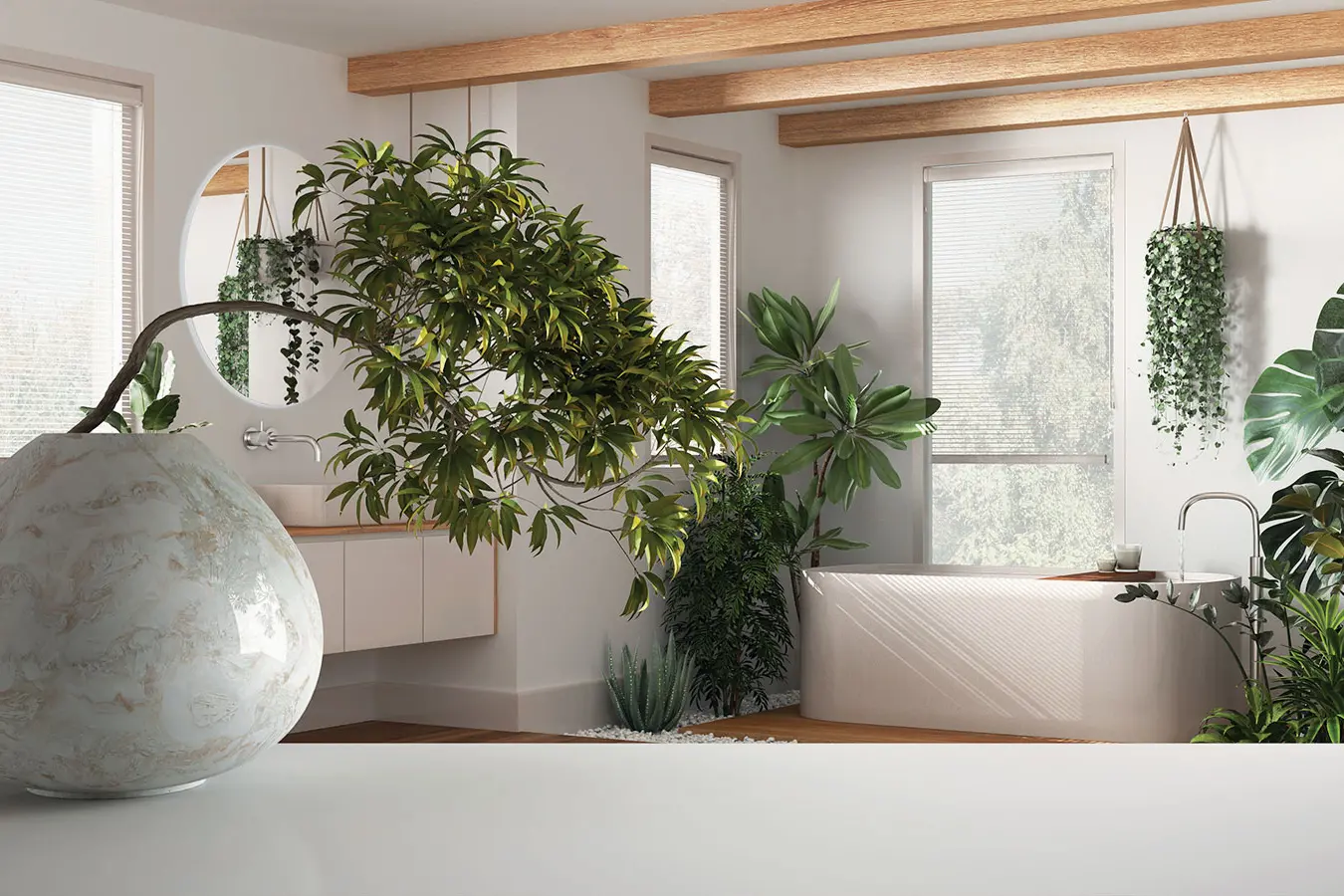PHOTO
Biophilic design incorporates elements of the natural world into homes and businesses to foster a sense of tranquillity and vitality.
Urbanisation is causing people to spend more time indoors, leading to disconnection from the natural world. Biophilic design aims to bridge this gap by bringing nature indoors.
Here are some examples of biophilic design elements:
• Visual details. Elements could include views of nature through large windows, indoor plants or artwork depicting nature.
• Non-visual elements. Auditory cues, such as birds chirping or a waterfall, or natural materials like wood or stone can bring nature to all the senses.
• Dynamic and diffuse light. Consider allowing natural light in whenever possible or using artificial lighting to create a similar effect.
• Connection with natural systems. Incorporating living plants into a space or using sustainably harvested materials evoke that sense of connection.
• Replicate natural shapes. This could include using natural patterns and shapes, such as curved lines or organic forms.
Studies have shown that biophilic design has several benefits for human health and well-being, including:
• Reduced stress and anxiety
• Improved mood and cognitive function
• Increased creativity and productivity
• Boosted immune system
• Reduced absenteeism and healthcare costs
Visit your local stores to find everything you need to create a living space that promotes well-being, reduces stress and reconnects you with the beauty and serenity of the natural world.





